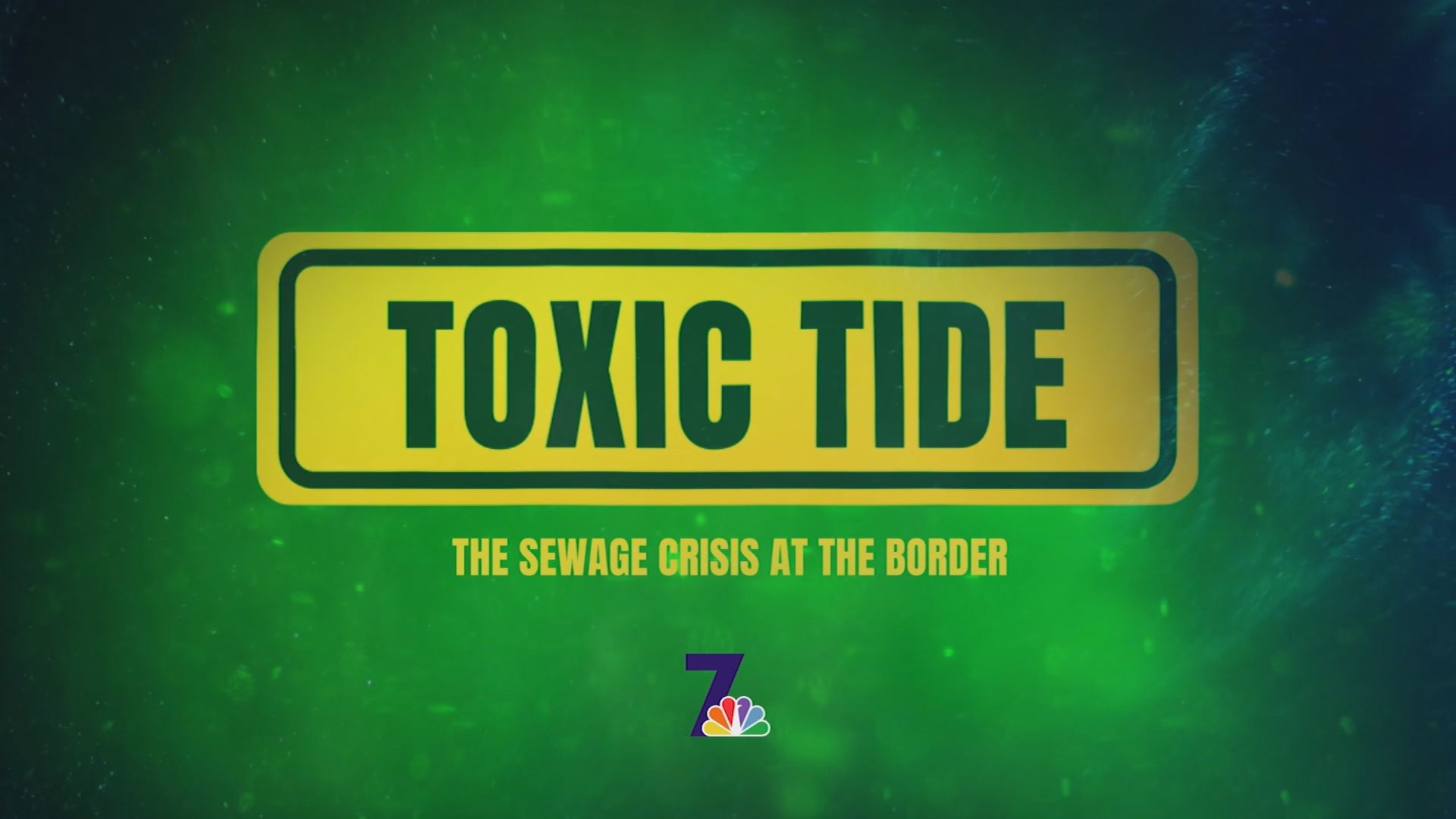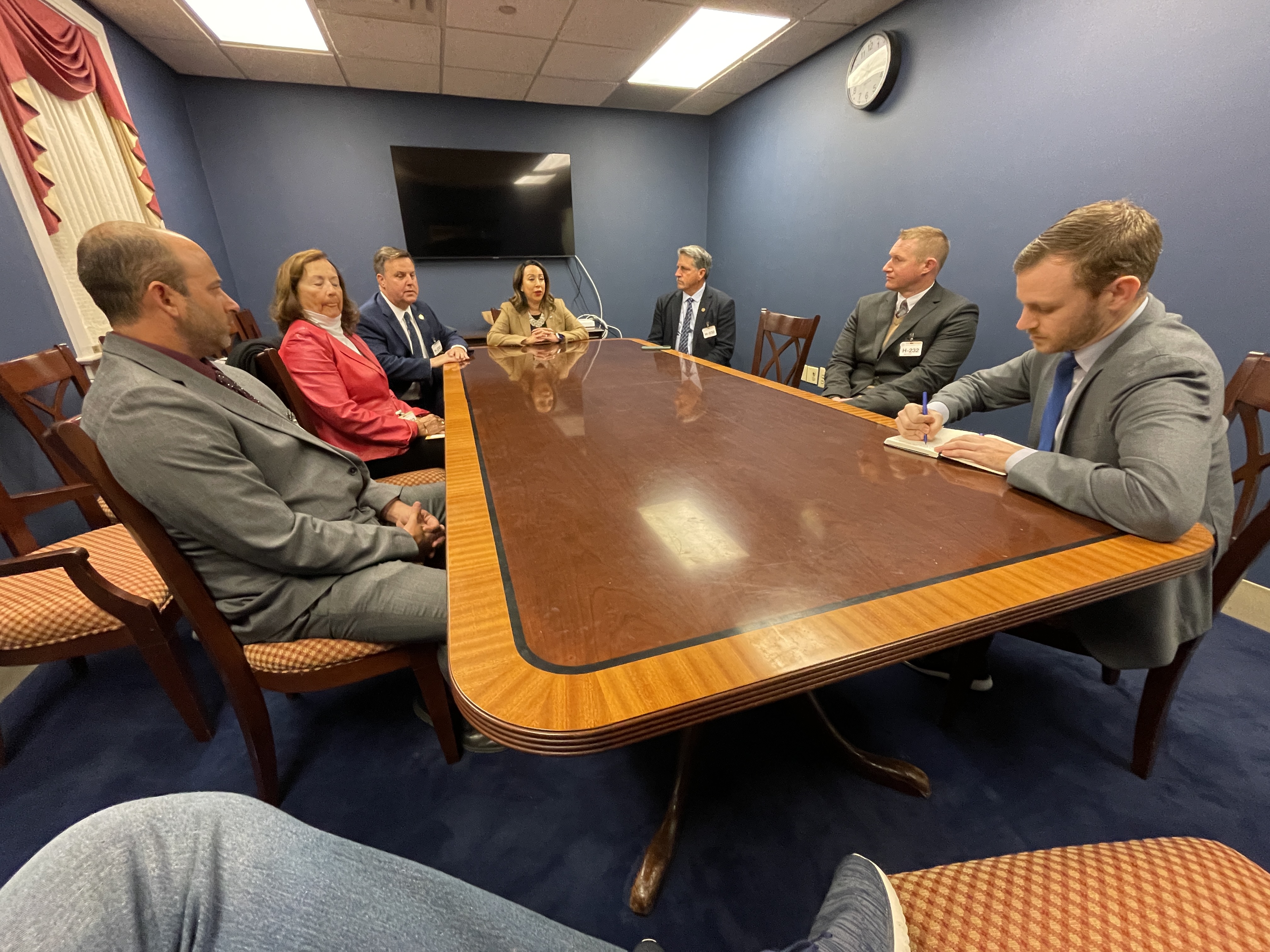Two hundred million dollars.
That’s about how much the International Boundary and Water Commission needs to finish fixing and expanding its broken South Bay International Wastewater Treatment Plant in San Ysidro.
“Our plant is currently not in compliance,” said IBWC commissioner María-Elena Giner. “This is a federal plant managed by the federal government that's not meeting federal law.”
The plant is supposed to clean 25 million gallons of raw sewage from Tijuana every day. It’s not. It’s one of the reasons why the Tijuana River Valley floods with trash and raw sewage. The plant was a large part of NBC 7’s special report “Toxic Tide: The Sewage Crisis at the Border.”
Get top local stories in San Diego delivered to you every morning. Sign up for NBC San Diego's News Headlines newsletter.
Toxic Tide
Giner said on Thursday that Congress sent the IBWC about $300 million two years ago to get construction started. The commission hoped for another $310 million this year to finish, but $156 million was allocated.
“That $156 million is not just for this region, it's for the entire border,” explained Giner. “We manage 500 miles of levees, two international dams, two wastewater treatment plants, two ports of entries, all the boundary monuments, as well as maintenance of the floodplain.”
Giner said the IBWC will use roughly $100 million of the latest installment on the plant.
“So, this project will still need about $200 million more,” she said. “What I do know is that we can get a lot done with what we have.”
Giner said they’ll keep lobbying for the money from Congress and the state of California, which it can now do, thanks to the rules being changed to allow them to get funding from multiple sources other than just the federal government.
“My variable is Mexico,” Giner said. “What is closing the beaches right now are the transboundary flows coming from Mexico.”
Mexico recently began construction on repairs to its plant, which hasn’t worked in years. The raw sewage from that plant dumps directly into the Pacific Ocean, then flows north to beaches in southern San Diego County. Giner said if both plants are fixed, it could cut the pollution in the region as much as 90%.
Giner said the IBWC’s projects, including the plant, are about $1 billion behind in federal funding.




